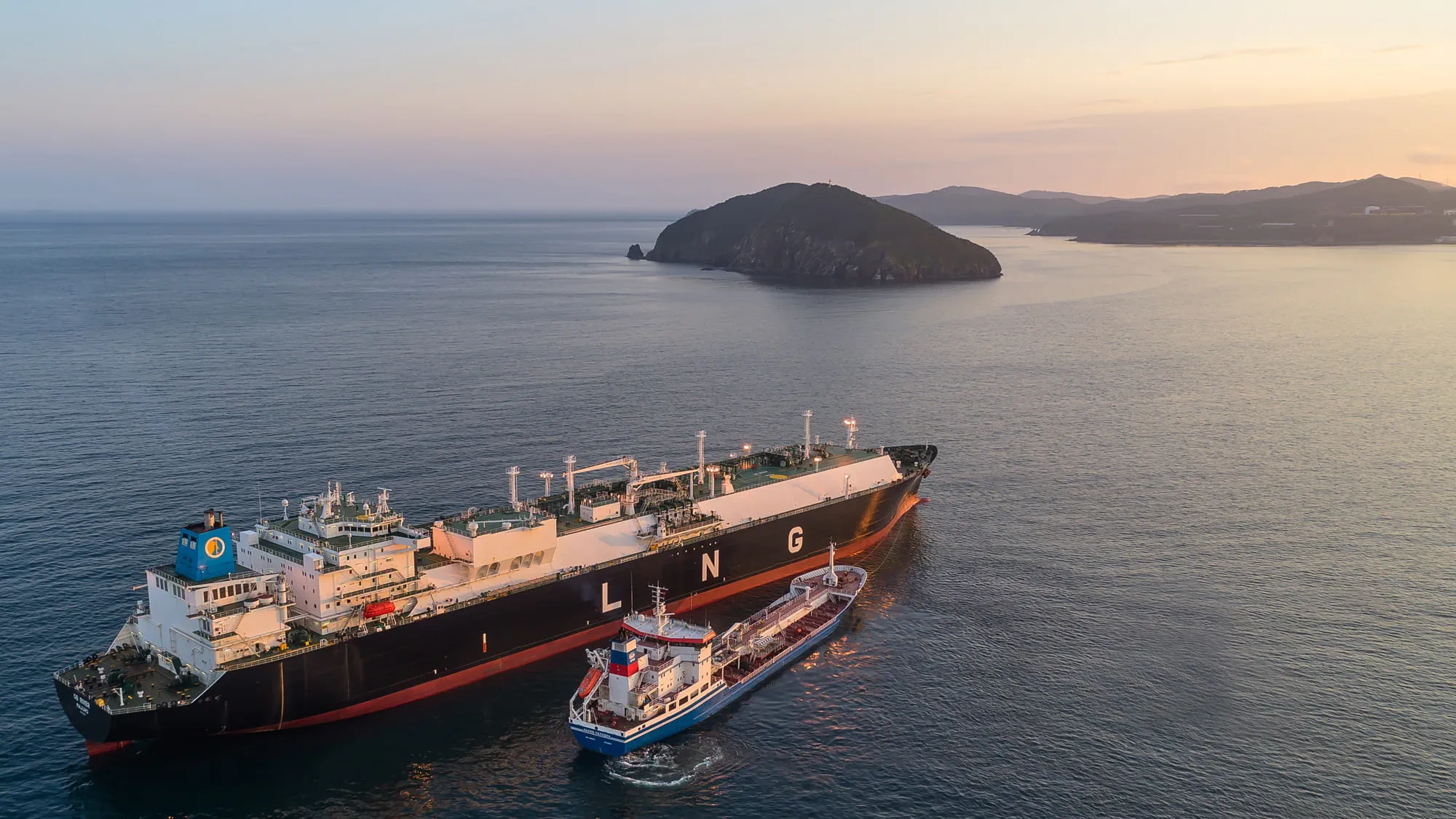Rising demand requires new solutions
With floating storage and regasification units (FSRUs) seen as part of the answer to the LNG industry’s supply-demand imbalance, we take a closer look at whether, and how, this solution can fulfil its potential. It’s well established that, currently, demand-side liquefied natural gas projects are struggling to keep up with supply. Can floating solutions help to restore the industry’s imbalance?

The availability factor
FSRUs are seen as a solution for cost-effective receiving infrastructure. They’re held up as the right answer for the growing number of LNG-to-power projects that could help areas move away from more expensive and polluting fossil fuels. But diving straight into cost-effectiveness misses a vital issue: availability.
An FSRU can only deliver natural gas when it’s on station – and it can’t guarantee to be on station all the time because of the sea conditions during events such as hurricanes. If the FSRU is putting gas into a network, this is fine – there is redundancy.
Can the FSRU really deliver the uptime that this requires?
But what if it’s supplying an oil-fired power station that has been converted to gas and is not part of a larger grid?
Identifying the right option
Based on experience from FPSOs and other offshore floating structures, there are technologies that would enable FSRUs to ride out hurricanes and keep on station, but they haven’t yet been proven in the LNG industry. So before costs, a key determinant of whether an FSRU is suitable for a project is the reliability required.
Weighing up the costs
Where an FSRU can deliver the uptime required, there can be cost benefits to using this option. The first question to ask about costs is: Would there be a premium for building onshore – for example in or around a major city, or in a remote location? If there is, then an FSRU starts to look like an attractive option, even though it doesn’t necessarily eliminate challenges over issues such as permitting.
Promoting cost reduction
FSRUs gain advantage from the fact that they don’t have to be built at the often-remote locations where they’ll eventually be used. They can be built offsite, benefiting from the productivity and cost savings from offsite fabrication. Build a hull cheaply, add a storage tank and vaporizers, then sail the FSRU to where it’s needed. Alternatively, well maintained used LNG carriers are also considered for converting into FSRUs, reducing capital costs and construction time.
Meeting the demand
“Ultimately, the industry has got to bring down costs of getting LNG to shore for smaller-scale projects otherwise opportunities will disappear. FSRUs may finally get the chance to live up to the hype if the roadblocks are removed. ”
Rob Duffin UKIMEA LNG Leader
 ;
;

